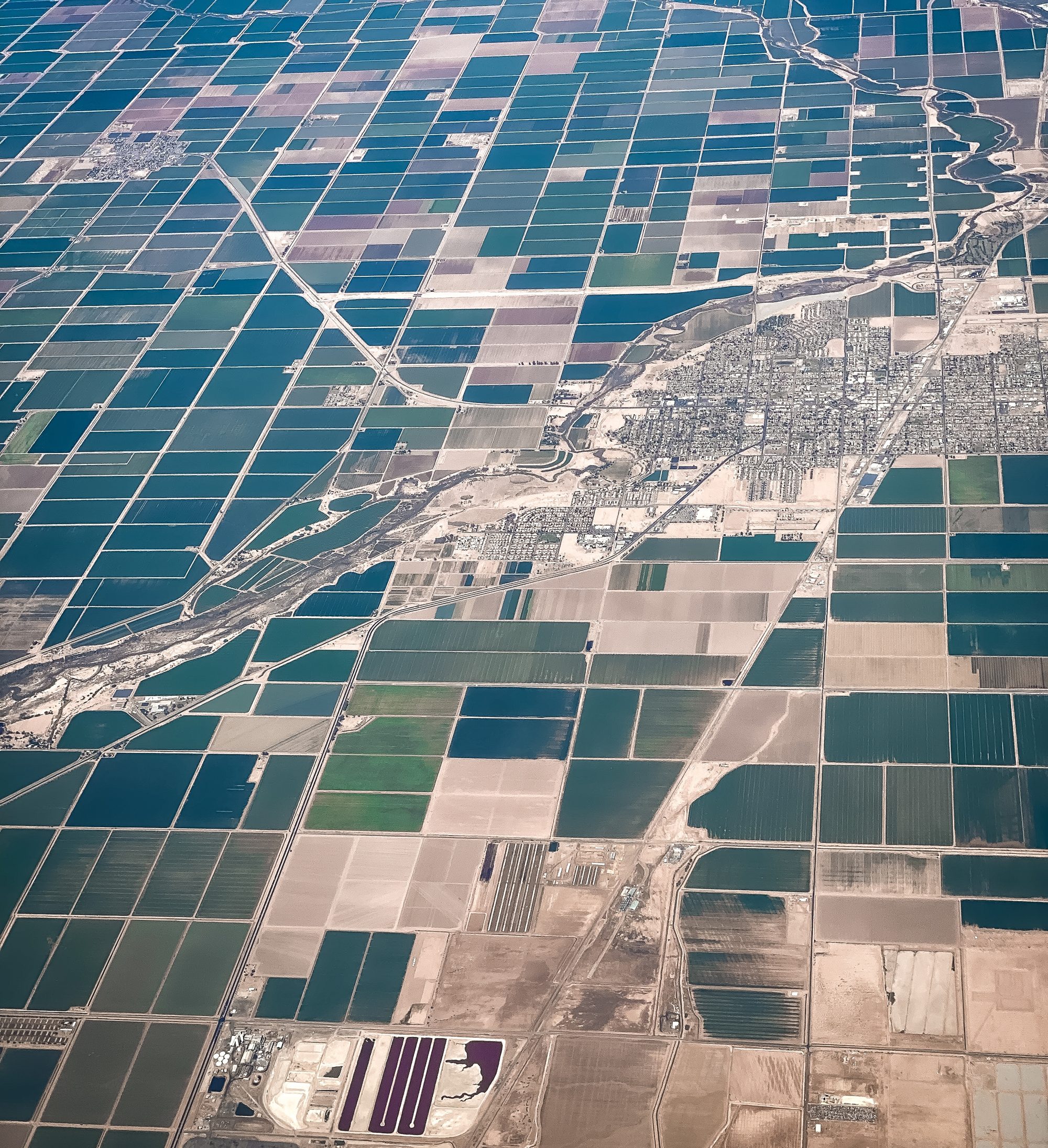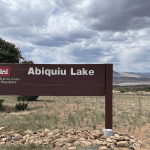- South-of-Delta farmers’ water supply increased from 40% to 50%.
- North-of-Delta contractors remain at 100% of their supply.
- Allocation changes align with Executive Order 14181 directives.
- Future allocations may adjust based on hydrology and operations.
Tuesday, April 29, 2025 — To bolster California’s water supply reliability, the Bureau of Reclamation announced yesterday an increase in Central Valley Project (CVP) water supply allocations for south-of-Delta agricultural contractors. Irrigation water service and repayment contractors south of the Sacramento-San Joaquin Bay-Delta will see their allocations rise from 40% to 50% of their contracted total. Allocations for north-of-Delta contractors, already at 100%, remain unchanged.
an increase in Central Valley Project (CVP) water supply allocations for south-of-Delta agricultural contractors. Irrigation water service and repayment contractors south of the Sacramento-San Joaquin Bay-Delta will see their allocations rise from 40% to 50% of their contracted total. Allocations for north-of-Delta contractors, already at 100%, remain unchanged.
“Today’s increase in allocations reinforces our commitment to achieving the objectives outlined in Executive Order 14181, which seeks to maximize water supplies within the Central Valley Project,” stated Acting California-Great Basin Regional Director Adam Nickels . “We are pleased that today’s optimization of available water supplies will continue to support California farmers and the communities we serve.”
. “We are pleased that today’s optimization of available water supplies will continue to support California farmers and the communities we serve.”
The Central Valley Project.
The Central Valley Project, one of the world’s largest water storage and conveyance systems, stretches 400 miles through California from the Cascade Range near Redding to the Tehachapi Mountains near Bakersfield. Its complex network of dams, reservoirs, canals, and hydroelectric plants provides water for more than 3 million acres of farmland, serves over 6 million Californians, generates approximately 4 billion kilowatt-hours of hydropower annually, supplies water for fish and wildlife, and offers critical flood protection.
Previous Allocation Increases Set the Stage
The adjustment follows previous updates issued earlier this year. Initial allocations for the 2025 water year were announced on February 25 , reflecting strong reservoir conditions in some regions and critically dry conditions in others. At that time, north-of-Delta irrigation and municipal and industrial contractors received 100% allocations, while south-of-Delta irrigation contractors were initially set at 35%. An update on March 27
, reflecting strong reservoir conditions in some regions and critically dry conditions in others. At that time, north-of-Delta irrigation and municipal and industrial contractors received 100% allocations, while south-of-Delta irrigation contractors were initially set at 35%. An update on March 27 raised south-of-Delta irrigation allocations to 40%, along with full 100% allocations for Friant Division Class 1 contractors.
raised south-of-Delta irrigation allocations to 40%, along with full 100% allocations for Friant Division Class 1 contractors.
Maximizing Water Movement Across California.
Monday’s announcement marks another step forward in Reclamation’s efforts to maximize pumping at federal facilities and move water efficiently to areas of high demand. The agency has emphasized its commitment to fully utilizing infrastructure, such as the Jones Pumping Plant, to achieve the highest economic and environmental value across California and beyond.
Dynamic Conditions Influence Future Allocations.
Water supply allocations depend on several dynamic factors, including reservoir storage, snowpack levels in the Sierra Nevada, rainfall patterns, and the amount of water contractors have rescheduled from previous years. Reclamation maintains a drought reserve pool of about 83,000 acre-feet in San Luis Reservoir, which is not considered available for supply allocations during non-critical years. Additionally, approximately 210,000 acre-feet of rescheduled water from the previous year has been recognized but is not factored into current allocation percentages.
The 2025 water year has been characterized by weather extremes, including an unusually wet November and a dry January. Atmospheric river events helped replenish northern reservoirs but left parts of the San Joaquin Basin critically dry, a disparity that has influenced regional allocation decisions.
Reclamation’s Commitment to Monitoring and Updates.
As the season progresses, Reclamation will continue monitoring hydrologic conditions. Future adjustments to water supply allocations may occur based on evolving forecasts, operational constraints, and hydrologic data. Updates will be posted regularly on Reclamation’s California-Great Basin Region website.
The Central Valley Project remains a vital lifeline for California’s agricultural economy and urban water supplies. Its ongoing management balances economic needs, environmental stewardship, and the state’s broader water resilience.






Leave a Reply